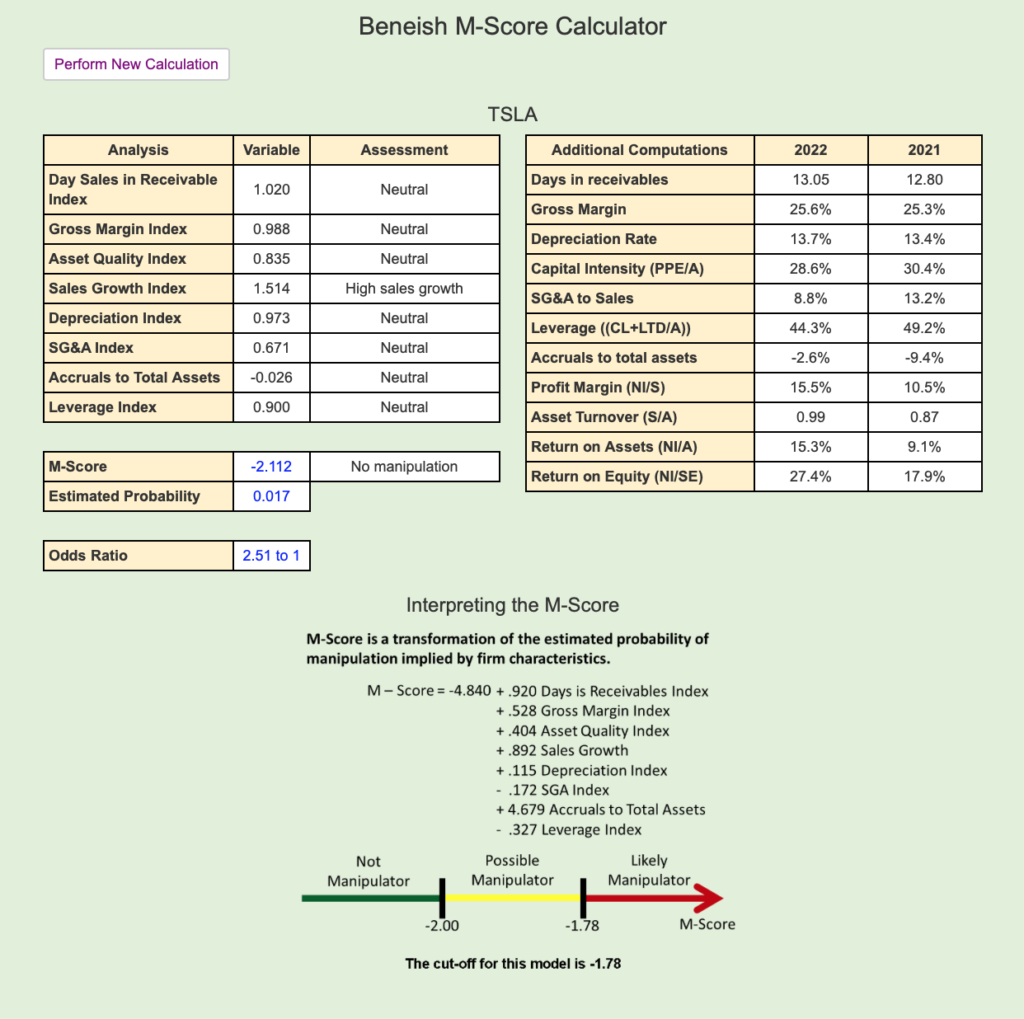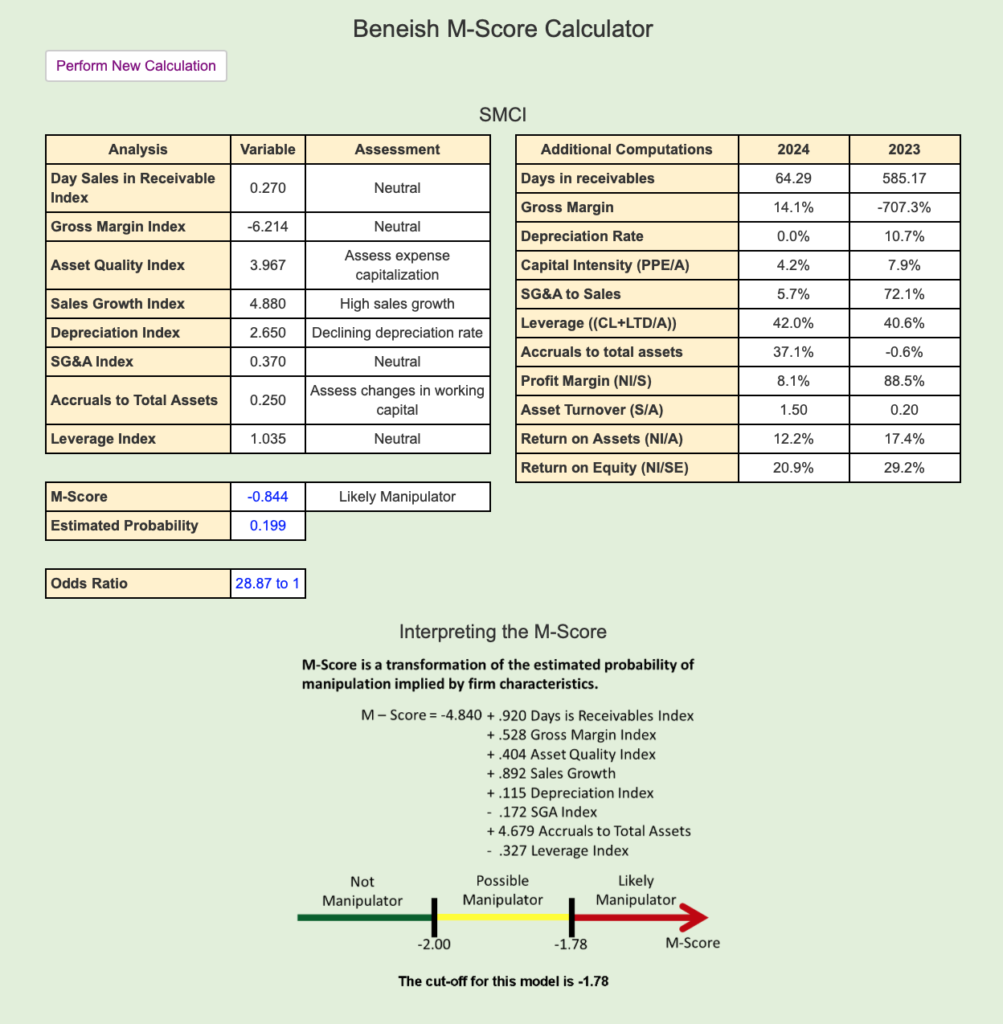by Fred Fuld III
The Growth of the Robotics Industry
The robotics industry is undergoing a period of unprecedented expansion, driven by advancements in artificial intelligence, machine learning, and automation. From manufacturing and healthcare to consumer applications and entertainment, robotics is transforming the way we work, live, and interact with technology. A particularly intriguing segment within the field is humanoid robotics, which has seen significant innovation in recent years. These robots are designed to mimic human appearance and behavior, and they have the potential to revolutionize industries ranging from customer service to elder care.
Humanoid Robots: The Face of Future Robotics
Humanoid robots are among the most sophisticated innovations in robotics. These machines are engineered to resemble humans, not just in appearance but also in capabilities, including speech, mobility, and decision-making. Companies like Tesla, Hanson Robotics, and SoftBank are leading the charge, creating humanoid robots capable of performing complex tasks. They are increasingly being employed in roles such as receptionists, tutors, and even therapists. With their ability to interact naturally with humans, humanoid robots offer promising solutions for labor shortages and the growing demand for personalized services.
Investment Potential in Robotics
The robotics industry presents compelling opportunities for investors. The sector is poised for long-term growth, with a market expected to reach over $500 billion by 2030. Key drivers include the increasing need for automation, advancements in AI, and expanding applications across sectors such as healthcare, logistics, and retail. Robotics companies often represent a mix of established players and innovative startups, providing a range of investment opportunities to match different risk profiles.
Below is an analysis of several publicly traded companies that offer exposure to the robotics market:
UiPath (PATH)
UiPath specializes in robotic process automation (RPA), a technology that enables software robots to automate repetitive tasks. The company’s platform allows businesses to increase efficiency by automating workflows, data entry, and other routine processes. UiPath has gained significant traction among enterprises looking to digitize their operations. Its focus on AI-powered automation and a subscription-based revenue model make it an attractive investment for those interested in software-centric robotics.
This $7.2 billion market cap stock is trading at 25 times forward earnings. Annual sales growth for the past five years is in excess of 59% and have increase by 16.5% year-over-year.
Rhythm Technologies (IRTC)
Rhythm Technologies focuses on healthcare robotics, specifically in the domain of cardiac monitoring. The company’s wearable devices use advanced algorithms to detect arrhythmias, providing critical data for physicians. With an aging global population and a growing emphasis on preventive healthcare, Rhythm Technologies is well-positioned to capitalize on the increasing integration of robotics and AI in medical diagnostics and monitoring.
The stock has been generating negative earnings, but is anticipated to have much smaller losses next year. The company, which has a market cap of $3.4 billion, has a substantial amount of debt, with a debt to equity ratio of 10.25.
Intuitive Surgical (ISRG)
A pioneer in robotic-assisted surgery, Intuitive Surgical is best known for its da Vinci Surgical System. The system enables surgeons to perform minimally invasive procedures with greater precision and control. As healthcare providers continue to adopt robotic surgery for its efficiency and improved patient outcomes, Intuitive Surgical’s dominance in this niche market makes it a strong contender for long-term growth.
The company, with a market cap of $211 billion, has a trailing price to earnings ratio of 95 and a forward P/E ratio of 75. Quarterly earnings growth was over 34% year-over-year, on sales growth of 16.8%.
ABB (ABBNY)
ABB is a global leader in industrial robotics and automation technologies. The company’s robotics solutions are widely used in manufacturing, logistics, and energy sectors. ABB’s focus on integrating AI into its robotic systems ensures it remains competitive in the rapidly evolving industrial landscape. Its diverse product portfolio and strong international presence make it a reliable choice for investors seeking exposure to industrial robotics.
The stock has a market cap of $101.6 billion, and trades at 26 times trailing earnings. It even pays a dividend of 1.77%.
Teradyne (TER)
Teradyne specializes in automated test equipment for electronics and is a significant player in collaborative robotics. Its Universal Robots division produces robotic arms designed to work alongside humans in industrial settings. With the increasing adoption of collaborative robots in small- and medium-sized enterprises, Teradyne stands out as a growth-oriented investment in the robotics space.
The stock has a market cap of $22.5 billion, and has a trailing P/E of 44, and a forward P/E of 32.5. Earnings per share are expected to grow by over 34% next year. The dividend yield is 0.34%.
iRobot (IRBT)
Known for its consumer-focused robots, iRobot is the creator of the popular Roomba vacuum cleaner. While its current focus is on household automation, the company continues to explore new applications for its technology. The acquisition of iRobot by Amazon in 2023 has further bolstered its innovation capabilities, positioning it to expand into smart home ecosystems and beyond.
The stock, which has a market cap of $270 million, has been generating negative earnings. Losses are expected to be much lower next year.
Conclusion
The robotics industry offers a rich landscape for innovation and investment. With breakthroughs in humanoid robotics and steady advancements in automation technologies, the sector is set to play a crucial role in shaping the future. Investors have a unique opportunity to capitalize on this growth by exploring companies like UiPath, Rhythm Technologies, Intuitive Surgical, ABB, Teradyne, and iRobot. As robotics continues to integrate deeper into our daily lives, the potential for financial returns and societal benefits makes this an exciting area to watch.
Disclosure: Author didn’t own any of the above at the time the article was written.












